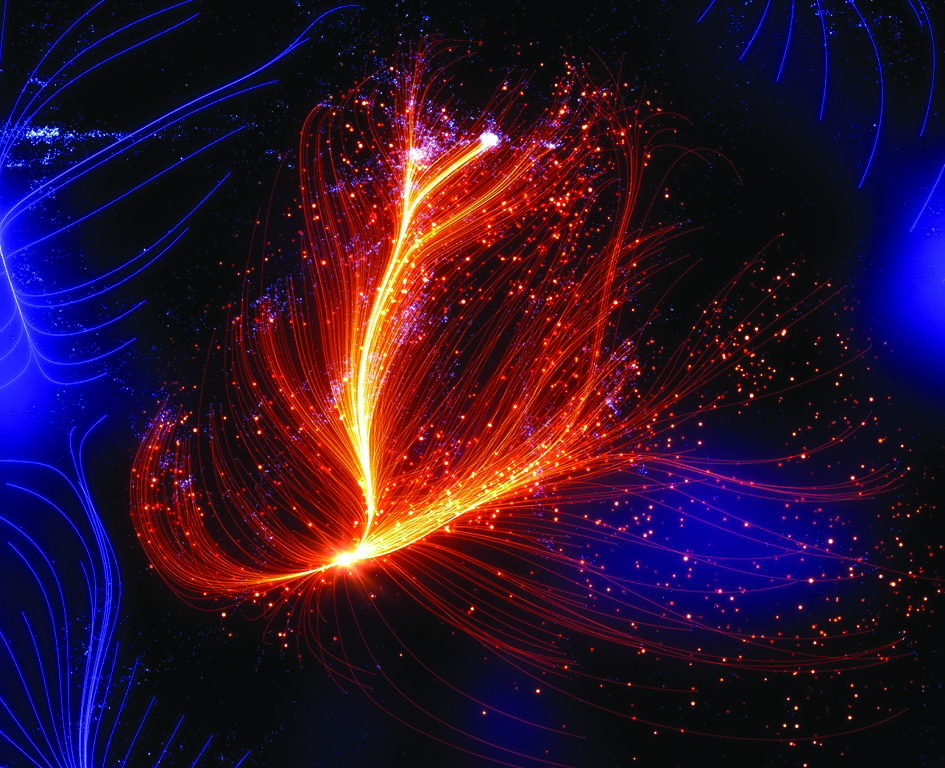Dans le sillage de la Cosmologie moderne, les travaux de l’équipe COSMOS de l’IP2I contribuent à mieux connaitre les propriétés générales de l’Univers, son contenu énergétique, sa structure aux grandes échelles ainsi que les lois physiques qui régissent son évolution dans le temps.
Nos travaux s’inscrivent dans le cadre du modèle de concordance cosmologique, le plus complet dont les cosmologistes disposent. Ce modèle décrit un Univers isotrope et homogène en expansion accélérée à partir d’un état primordial extrêmement dense et chaud. Il est le fruit d’une construction progressive depuis la théorie de la relativité générale (1915) jusqu’à la découverte de l’expansion accélérée de l’Univers (prix Nobel de Physique 2011) qui fit entrer la cosmologie dans une nouvelle ère, avec de nombreuses questions fondamentales encore ouvertes :
- Quelle est l’histoire de l’expansion de l’Univers ?
Quelle est la nature de la « matière noire » et de « l’énergie sombre » qui représentent environ 95% du contenu énergétique de l’Univers selon le modèle cosmologique actuel.
Quelle est l’origine des grandes structures dans l’Univers et l’histoire de leur formation ?
Pour tenter d’y répondre, nous utilisons diverses sondes cosmologiques.
